The US clean energy industry is nearing a turning point, especially as Big Tech companies like Amazon, Google and Microsoft are looking for clean energy to power data centers, the backbone of the internet and artificial intelligence (AI) applications.
According to a May 2024 research report by investment bank UBS, technology companies Amazon, Microsoft, Meta platform and Google alone accounted for 40% of the demand for large solar projects in the US over the past five years. According to UBS, the demand for renewable energy from these companies, which are all committed to using 100% clean energy, is on the rise as AI requires 10 times more electricity than a regular Google search.
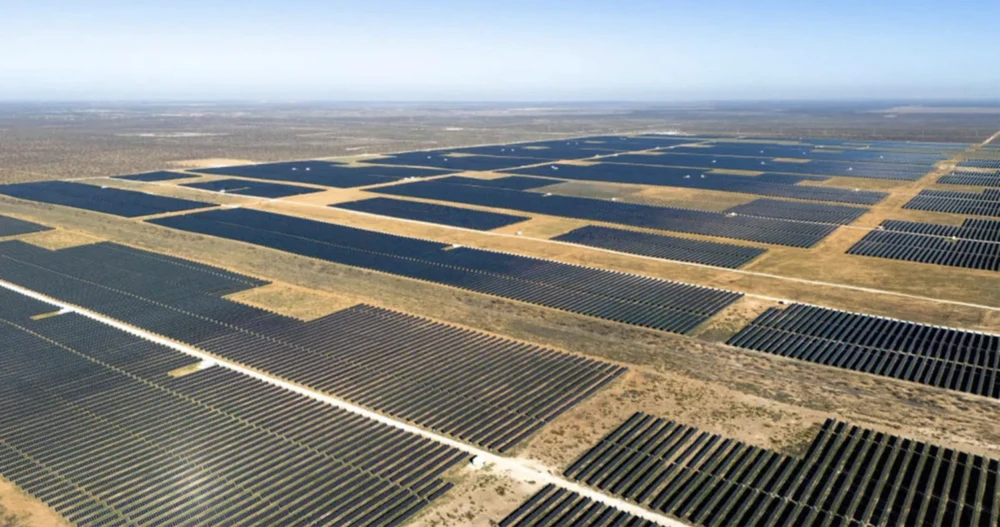
Meanwhile, according to the US Department of Energy (DOE), solar power will account for just 3.9% of the country’s total electricity supply in 2023, compared to 43% from natural gas. However, according to DOE estimates, solar power is forecast to account for 58% of new electricity installed in the US by 2024. In contrast, only 2.5 gigawatts of natural gas power is expected to be installed in 2024, accounting for just 4% of the 62.8 gigawatts of total planned electricity additions and the lowest level in 25 years.
In addition to Big Tech building energy-intensive data centers to support the AI revolution, the surge in electricity demand is being driven by incentives to bring manufacturing back to the U.S. and the rise in electric vehicles. Although EV adoption is expected to slow by the end of 2023, a record 1.2 million people bought electric cars last year, accounting for 7.6% of the U.S. vehicle market, up from 5.9% in 2022, according to Kelley Blue Book. An April 2024 analysis by Wells Fargo predicted that when these trends collide, U.S. electricity demand could rise 20% by 2030, while Goldman Sachs said data centers are expected to account for 8% of electricity consumption by the end of the decade, more than double the current level.
The explosive demand for energy poses a challenge to the Biden administration’s goal of converting the U.S. power grid to 100% clean energy by 2035. However, according to a series of reports published by the Goldman School of Public Policy and the University of California Berkeley GridLab, the U.S. could reach 90% clean electricity by 2035 if about 1,400 gigawatts of wind and solar capacity are deployed. The U.S. renewable energy deployment rate would need to increase at least threefold to reach 90% clean electricity in the next decade, said Amol Phadke, a senior scientist at the Goldman School and Lawrence Berkeley.
Another challenge facing renewables is generating enough power to meet demand when sunshine and wind are not at their best. Batteries are key to solving this problem by collecting energy during peak weather conditions and dispatching it later in the day when it is needed most. Currently, most lithium-ion batteries on the market typically store energy for four hours, although this varies by project. Analysts say this is not enough to provide reliable power all day long. Batteries that store energy for eight hours or more are needed at commercial scale.
KHANH HUNG
Source: https://www.sggp.org.vn/thoi-diem-buoc-ngoat-post745575.html


![[Photo] Ho Chi Minh City speeds up sidewalk repair work before April 30 holiday](https://vstatic.vietnam.vn/vietnam/resource/IMAGE/2025/4/3/17f78833a36f4ba5a9bae215703da710)

![[Photo] General Secretary To Lam receives Japanese Ambassador to Vietnam Ito Naoki](https://vstatic.vietnam.vn/vietnam/resource/IMAGE/2025/4/3/3a5d233bc09d4928ac9bfed97674be98)
![[Photo] Prime Minister Pham Minh Chinh chairs meeting after US announces reciprocal tariffs](https://vstatic.vietnam.vn/vietnam/resource/IMAGE/2025/4/3/ee90a2786c0a45d7868de039cef4a712)
![[Photo] A brief moment of rest for the rescue force of the Vietnam People's Army](https://vstatic.vietnam.vn/vietnam/resource/IMAGE/2025/4/3/a2c91fa05dc04293a4b64cfd27ed4dbe)
![[Photo] Prime Minister Pham Minh Chinh chairs the first meeting of the Steering Committee on Regional and International Financial Centers](https://vstatic.vietnam.vn/vietnam/resource/IMAGE/2025/4/3/47dc687989d4479d95a1dce4466edd32)






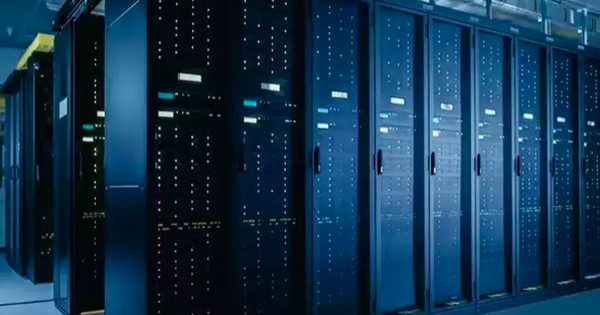





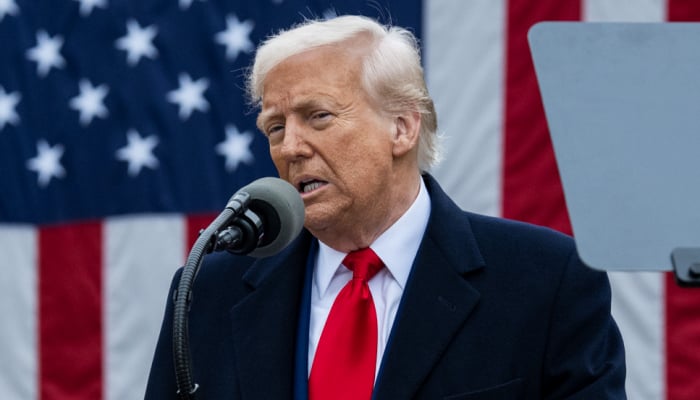



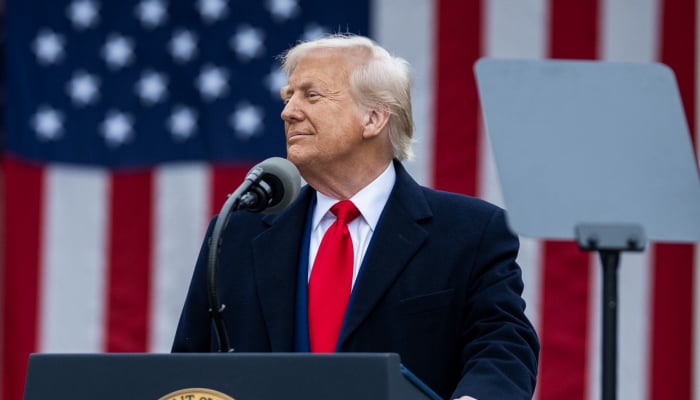
























































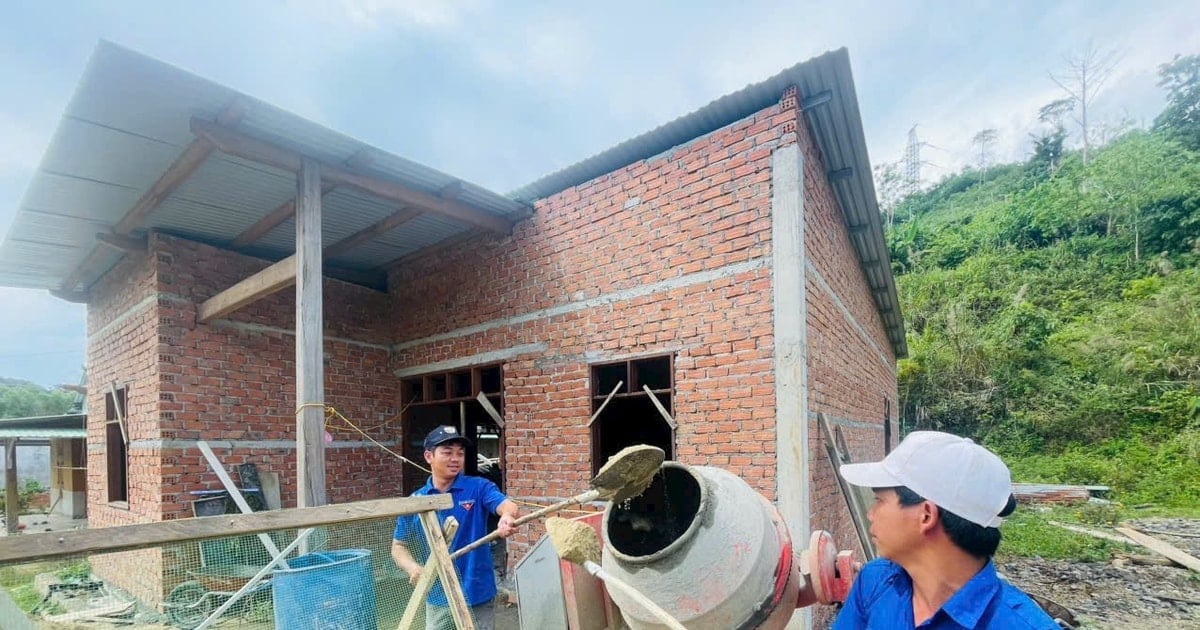


















Comment (0)